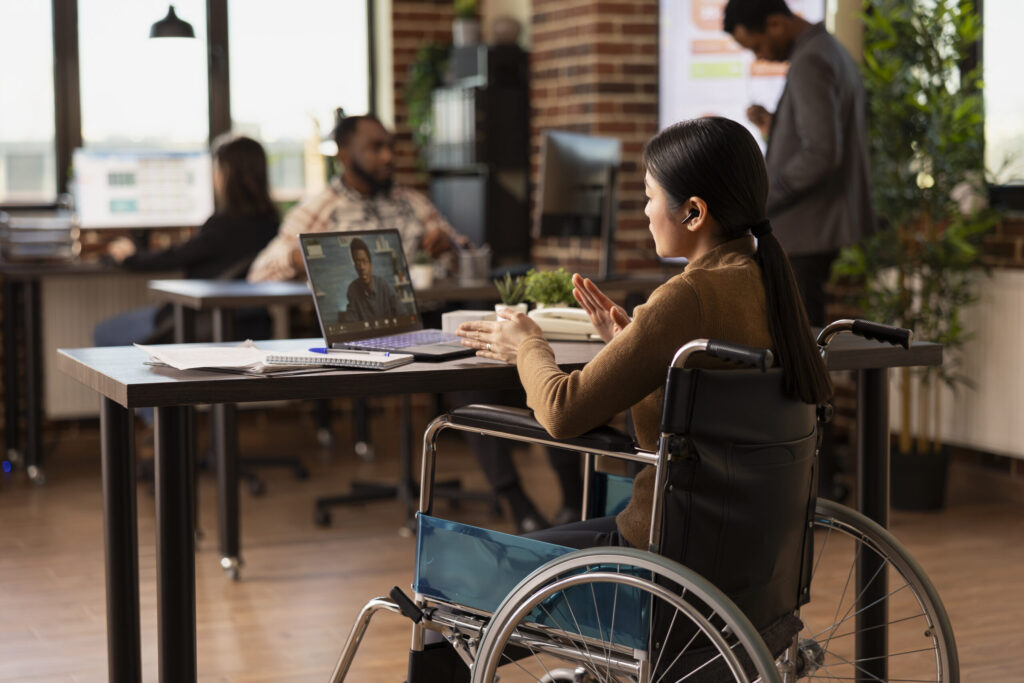
Work Redesign in Aged Care (Curtin University – Safe Work Australia, 2024)
- A two-year study across four residential care facilities assessed the effectiveness of work redesign interventions to reduce psychosocial risks.
- Outcomes:
- The tailored redesign significantly reduced job demands.
- Facilitated improvements beyond direct control measures, particularly through active worker involvement in identifying hazards and designing solutions.
Safe Work Australia+1
Psychosocial Safety in Australian Workplaces (SWA Report, 2024)
Safe Work Australia’s national analysis of psychological health trends revealed:
- Mental health conditions accounted for 9% of serious workers’ compensation claims in 2021-22—a 36.9% increase since 2017–18.
- Median recovery time for psychological injuries was 4 times longer than for physical injuries.
Safe Work Australiabusiness360.au
University Staff Risks (UNISA Psychosocial Safety Climate Global Observatory, 2025)
Surveys involving over 6,000 academic and professional staff found:
- Exposure to high psychosocial risk rose from 26.6% in 2020 to 39.6% in 2024.
- Key contributors: restructuring, casualization, bullying, increased workloads, and emotional burden.
The Australian
International Business Leadership on Psychological Safety (WPO/IIRSM, 2025)
- Globally, 93% of business leaders believe psychological safety improves performance.
- Yet, implementation is weak:
- Only 29% have comprehensive wellbeing strategies.
- 60% lack dedicated trained personnel for psychosocial risk.
The research highlights a major gap between awareness and execution.
Workplace Options
Policy Analysis: WHS Frameworks for Psychosocial Hazards
- An Australian policy review evaluated national WHS instruments addressing psychosocial hazards.
- It revealed significant policy inconsistencies across jurisdictions, indicating gaps between regulation and effective implementation.
Research @ Flindersnottingham-repository.worktribe.com
Future Research Priorities (Safe Work Australia Strategy, 2025)
The WHS research agenda, shaped at a national summit, sets strategic focus on:
- Psychosocial harm, technology impacts, vulnerable workers, and system effectiveness as key areas for future study and policy development.
AIHS
Research Summary Table
| Research Source | Focus / Strategy | Key Outcome |
| Curtin University (Safe Work Australia) | Participatory work redesign (aged care) | Reduced job demands; worker involvement boosted efficacy |
| Safe Work Australia Report (2024) | Compensation and health outcomes | Rising mental health claims; longer recovery periods |
| UniSA Observatory (2025) | Psychosocial risk trends in universities | Sharp increase (26.6% → 39.6%) in high-risk exposure among staff |
| WPO / IIRSM (Global) | Leadership attitudes and strategy gaps | High recognition of value; low practical implementation |
| Policy Review (Australian WHS policy) | Jurisdictional policy consistency | Inconsistent frameworks and implementation across jurisdictions |
| Safe Work Australia Strategy (2025) | Future WHS research priorities | Emphasis on psychosocial harm, tech, vulnerable workers, system effectiveness |
Practical Takeaways
- Participation-led design works: Engaging staff in redesigning work processes can yield stronger and more sustainable psychosocial outcomes.
- Regulatory urgency is justified: Data underscores that mental health injuries persist longer and are rising—making psychosocial safety a growing WHS concern.
- Higher education under critical pressure: Universities especially need targeted strategies as the psychosocial risk profile climbs rapidly.
- Strategic implementation lags behind understanding: Leaders acknowledge the importance, but fewer have embedded these strategies effectively.
- Policy gaps persist: Inconsistent regulations across states call for harmonized, practical policymaking.
- Research directions are clear: Future interventions should focus on integration of technology, supporting vulnerable groups, evaluating system performance, and deepening evidence on psychosocial control effectiveness.
Final Thoughts
The latest research inch us closer to translating psychosocial risk management from concept to practice. The evidence is clear: interface of design, policy, and genuine worker engagement matters. To keep advancing, workplaces and regulators must focus on inclusivity, consistency, and empirically validated interventions.



